Did you know that coffee beans have an edible side? Yes, those tiny beans that power your mornings might just be a secret snack waiting to be discovered!
Coffee is an integral part of many people’s lives, but have you ever wondered if there’s more to those beans than just brewing a cup? Today, we’ll explore the intriguing world of eating coffee beans. Our mission? To unlock the mysteries of coffee beans, from their origins and nutritional goodness to whether they can be savored as a tasty treat.

The Origin of Coffee Beans
The fascinating tale of how our beloved coffee beans came to be! The lush Ethiopian highlands, where our coffee journey began. Legend has it that a goat herder named Kaldi stumbled upon something extraordinary. After munching on some coffee cherries, his curious goats were suddenly bouncing around like they’d just discovered the secret to eternal youth. And just like that, the world of coffee was forever changed.
Now, let’s get to know the stars of our caffeinated show: Arabica and Robusta. Think of them as the dynamic duo of the coffee world, each with its unique personality.
First, we have Arabica, the gentle aristocrat of the coffee realm. Picture sipping a cup of Arabica coffee as if you were in the presence of royalty. It’s all about that smooth, slightly acidic flavor as sophisticated as a well-tailored suit. Arabica beans are the coffee equivalent of a refined conversation in a cozy corner of a library.
And then, there’s Robusta, the robust, bold one. Imagine Robusta as that fearless friend who always tells it like it is. This coffee variety packs a punch with its bolder, earthier flavor profile. It’s like the no-nonsense bartender who doesn’t sugarcoat things but still manages to make your night unforgettable.
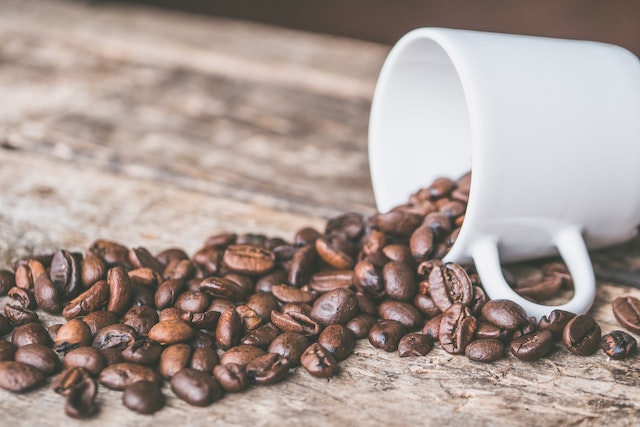
The Nutritional Profile of Coffee Beans
Surprisingly, coffee beans aren’t just caffeine capsules. Grab a cup of your favorite brew and dive into the fascinating world of coffee beans’ nutritional profile.
Macronutrient Content
Coffee beans are the strong, silent type when it comes to macronutrients. They don’t make a big fuss about it, but they have something going on under the surface. Let’s break it down:
- Carbohydrates: Coffee beans contain carbohydrates, but they’re not the starchy kind that’ll make you feel guilty about that croissant you’re dunking in your brew. Nope, these carbs are mostly soluble dietary fiber, which can be good news for your digestive system.
- Proteins: Coffee beans do contain a smidgen of protein. While they won’t turn you into a bodybuilder overnight, they add something to your daily protein intake. Think of it as a caffeine-infused high-five for your muscles.
- Fats: Fats – the one thing we often try to avoid. Coffee beans have some fats, but don’t worry, they’re mostly healthy – the unsaturated fats that are friends with your heart. Plus, these fats can give your coffee that lovely, velvety texture.
Micronutrients
Now, let’s talk about the micronutrients in coffee beans. You might not expect much, but there’s a surprise waiting for you here:
- Vitamins: Coffee beans hide a few vitamins, most notably B vitamins like niacin (B3) and riboflavin (B2). These little helpers play essential roles in energy metabolism, so your morning cup might give you an extra boost.
- Minerals: Coffee beans are not shy about sharing their minerals. You’ll find a good dose of potassium, magnesium, and even some manganese in there. Potassium is a heart-friendly mineral, and magnesium helps with muscle function. So, your coffee is like a tiny mineral supplement.
Antioxidants in Coffee Beans
Now, let’s talk about everyone’s favorite coffee buzzword – antioxidants. Coffee beans are like a treasure chest of these little warriors:
- Chlorogenic Acid: This is the superhero antioxidant of coffee. It’s been linked to various health benefits, like reducing inflammation and improving blood sugar control. So, it’s not just your morning pick-me-up; it’s also your daily dose of defense against oxidative stress.
- Caffeic Acid: Another antioxidant in coffee, caffeic acid, has been studied for its potential anti-cancer properties. Your cup of joe says, “I’ve got your back.”
- Quinines: These antioxidants can be a bit bitter, but they’re also linked to impressive health benefits, like protecting against liver diseases.
In a nutshell (or should I say coffee bean?), your favorite brew is more than just a caffeine kick. It’s a well-rounded package of nutrients, from a dash of carbs and proteins to a sprinkle of vitamins and minerals, all wrapped in a cozy blanket of antioxidants. So, next time you savor that cup of liquid sunshine, know that you’re not just starting your day – you’re giving your body a little nutritional hug, too.
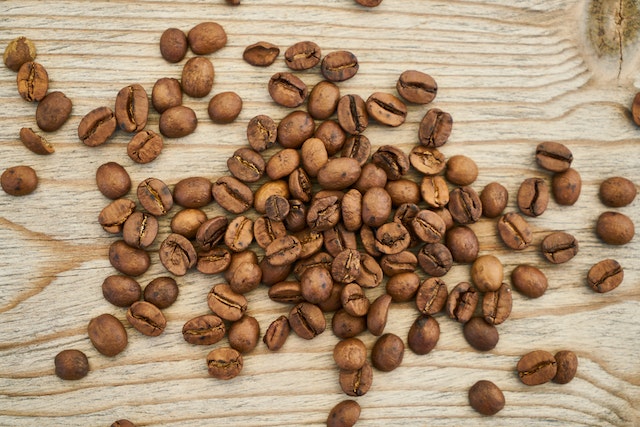
Can You Eat Coffee Beans Raw?
First, let’s chat about whether it’s safe to nibble on raw coffee beans. Well, coffee beans are technically edible in their raw form. They won’t poison you, so don’t worry about an impromptu trip to the emergency room. However, there’s a catch, and it’s a big one. Raw coffee beans are the culinary rebels. They’re intensely bitter and not exactly a taste sensation. It’s like biting into a chunk of unsweetened cocoa mixed with grass clippings – not everyone’s idea of a snack.
If you’ve got a sensitive tummy, brace yourself. Raw coffee beans can be harsh on your digestive system. That bitterness we talked about earlier? It comes from compounds like chlorogenic acid, which can upset your stomach and give you a one-way ticket to Gastrointestinal Discomfort Ville. So, while it’s not dangerous, proceed with caution if you’re considering a raw bean snack.
Potential Health Risks of Consuming Raw Coffee Beans
Now, let’s tackle the elephant in the room – health risks. Eating raw coffee beans may not be as tricky as skydiving without a parachute, but it’s not entirely risk-free either.
- Caffeine Overload: Coffee beans are packed with caffeine, and eating them raw can lead to an unexpected caffeine rollercoaster ride. Jitters, palpitations, and the infamous caffeine crash are all on the menu. Plus, if you consume a bunch of raw beans, you might find yourself chatting with your ceiling fan at 3 a.m.
- Nutrient Loss: Roasting coffee beans is like a magic trick – it turns green, bitter beans into the aromatic, flavorful coffee we all know and love. But it also causes some nutrient loss. Raw beans contain more antioxidants and specific nutrients that get slightly shy during roasting. By going raw, you might be missing out on some health benefits.
- Tooth Troubles: Munching on hard, uncooked beans can be tough on your teeth. You’re asking your pearly whites to wrestle with a coffee-flavored pebble. Chipped teeth, anyone?
Roasted Coffee Beans: Are They Edible?
Roasting coffee beans is like giving them a makeover in a fiery spa treatment. They’re exposed to high temperatures, typically ranging from 356 to 482 degrees Fahrenheit (180 to 250 degrees Celsius), for varying durations. This fiery ordeal leads to a spectacular transformation, turning those unpalatable green beans into the aromatic, dark brown beauties we know and love.
Now, how does roasting impact edibility? Well, it’s like unlocking a treasure trove of flavors. Roasting initiates a chemical reaction known as the Maillard reaction (yes, it’s as fancy as it sounds). This reaction is responsible for the rich, complex flavors and aromas that coffee lovers savor. So, roasting is what makes coffee beans edible in the sense that it makes them delicious.
Popularity of Roasted Coffee Beans as a Snack
But wait, there’s more to the story! Roasted coffee beans have found a place outside our morning cup of joe—they’re becoming quite the snacking sensation. Imagine enjoying coffee-flavored snacks without needing a coffee maker or an espresso machine.
These bite-sized wonders are gaining popularity as a snack because they offer a delightful crunch and an intense coffee flavor punch. They’re portable, packable, and perfect for on-the-go snacking. They come in various flavors, from traditional dark roast to adventurous cinnamon-spiced creations.
Coffee bean snacks are like the versatile actors of the snack world. They can lead in your trail mix, star in a chocolate-covered ensemble, or even make a cameo in your salad for a surprising twist. The options are as endless as your creativity.
Nutritional Changes During Roasting
Now, let’s talk about the nitty-gritty—the nutritional changes coffee beans undergo during roasting. You see, roasting does more than just make them tasty; it also alters their nutritional profile.
During roasting, the beans lose water content and increase in volume. This leads to a reduction in weight but a concentration of flavor. The caffeine content remains relatively stable on the nutritional front, but other components change. For instance, roasting decreases the beans’ acidity, making the coffee less likely to upset your stomach.
But here’s where it gets interesting. While roasting enhances the flavors, it does break down some of the beans’ initial nutritional goodies, like antioxidants. So, while sipping that delicious cup of coffee or munching on roasted beans, remember that it’s not just about the caffeine kick; you’re also getting a dose of those delightful coffee flavors.
Bottom Line
Coffee beans are more than just a morning ritual; they can also be a crunchy, caffeinated snack. From their humble origins to their potential health effects, we’ve delved deep into the world of coffee beans. While coffee beans can be an exciting addition to your culinary adventures, remember moderation is key.
Too much of a good thing can lead to a caffeine-induced rollercoaster ride. So, the next time you’re craving a snack, why try those roasted coffee beans? Remember, they’re not your average munchies but your daily brew’s cool cousin. Cheers to exploring the caffeinated world of coffee beans!
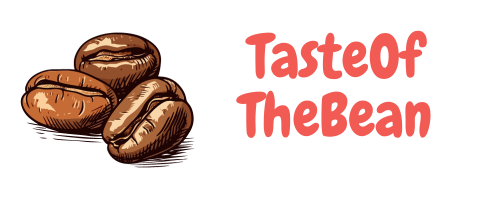
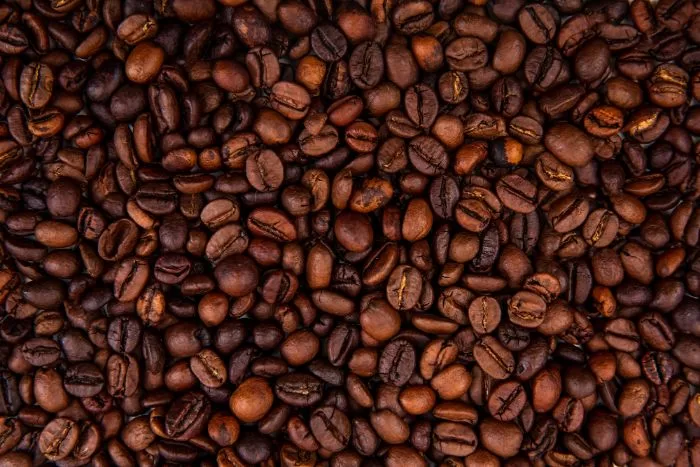

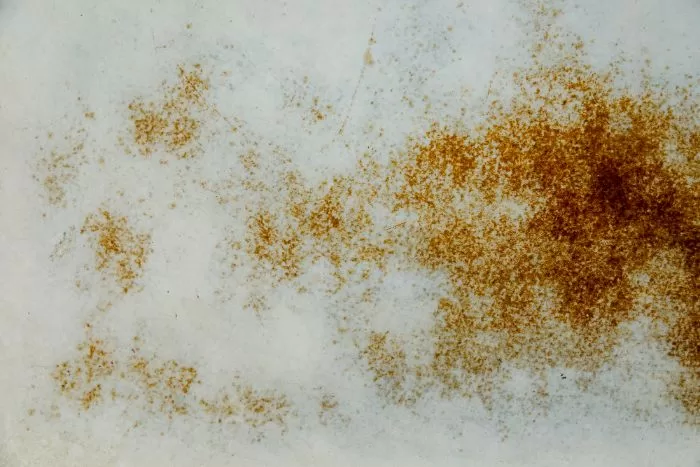
Leave a Reply